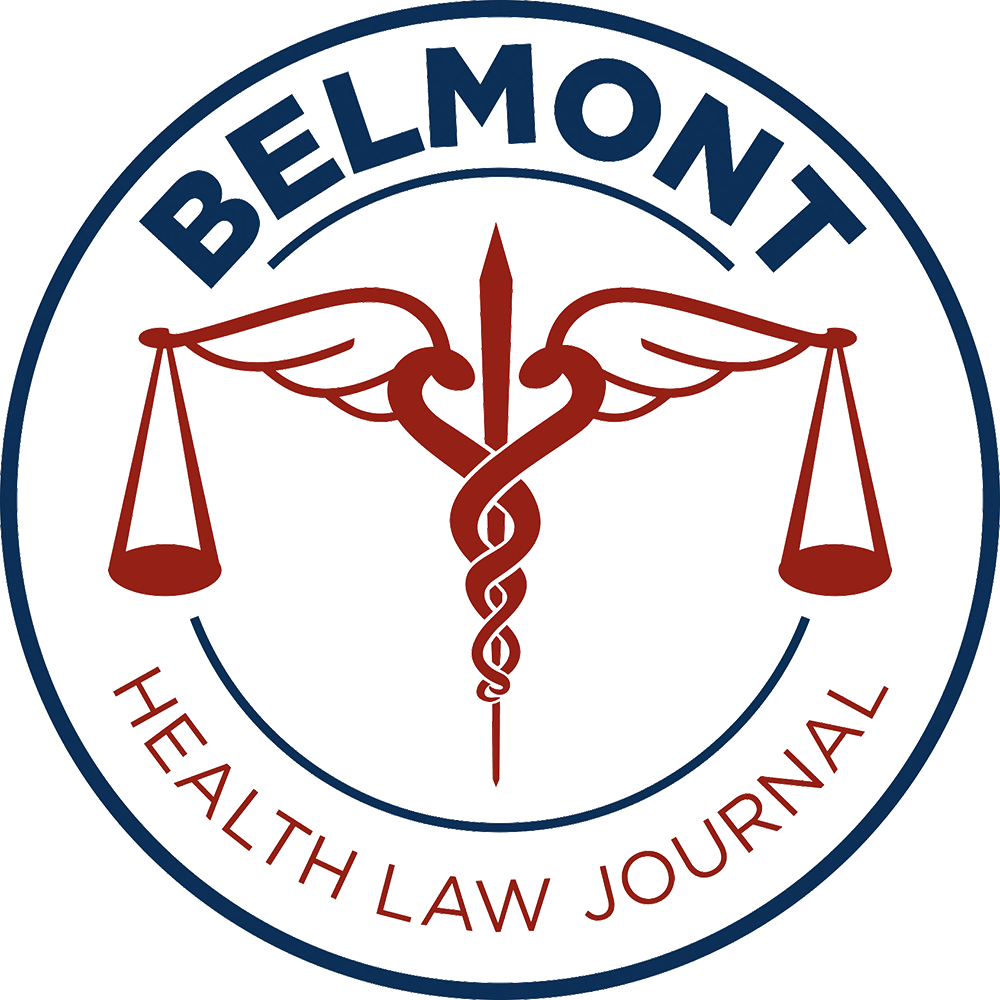By Andy Cole, Class of 2018
Florida Governor Rick Scott announced on September 26, 2017, plans to introduce legislation that would limit opioid prescriptions to only three days unless a set of very strict standards are met. If the standards are met, then a seven day supply would be permitted. Currently, this bill has not been filed in the House or Senate, but a similar seven day limit bill has been filed.
This legislation follows President Donald Trump declaring the opioid epidemic as a national emergency and many other states and pharmaceutical retailers taking similar stances. Less than a week before Gov. Scott’s announcement, pharmaceutical retailer CVS announced that beginning next February it will limit opioid prescriptions to seven days for patients who are new to pain therapy. Additionally, the Pharmaceutical Research and Manufacturers of America has announced its support for a seven day limit on opioid prescriptions with exceptions for certain conditions such as cancer.
It is unclear if this legislation will pass as it is currently planned. If so, it will be the strictest opioid limitations in the country. Many states have passed seven day limits for first time opioid patients.
In Massachusetts, Governor Charlie Baker proposed a similar 72 hour limit on opioids for first time users. This proposal was met with much criticism from many doctors and advocacy groups who called the proposal “draconian.” The final product of the bill had overwhelming support from both parties. Baker, a Republican, signed the final bill after it passed unanimously through the Democrat controlled legislature.
Many state legislatures have found it hard to balance the need for doctors to maintain discretion and to curb a national crisis. Many doctors and organizations are calling for tighter restrictions that prevent overprescribing of opioids to patients who do not need the medication.
Dr. Steven Stanos, president of American Academy of Pain Medicine, said the academy “supports any initiative that would help limit the effects of over prescribing medications or leading to excessive unused medicines that could lead to harm to a patient or family members or their community.”
The trend of states seeking to regulate the amounts of opioids doctors are allowed to prescribe will continue to grow until the epidemic can be helmed. As many states look to begin drafting their legislative initiatives for 2018 and many politicians prepare for midterm elections, combating opioid addictions will undoubtedly be a bipartisan effort.
There is a possibility that many states will push for law similar to the law enacted in Massachusetts, which requires practitioners to take more steps to combat opioid misuse. The first point of the law is to limit opioid prescriptions to seven days for any new opioid prescription. This applies to all opiates Schedule II through Schedule VI. There are exceptions to this limit. Physicians can prescribe for more than seven days if the prescription is designed for the treatment of substance use disorder or opioid dependence, for inpatient prescriptions, for pain related to an acute medical condition, for chronic pain management, for pain associated with a cancer diagnoses, or for palliative care.
If a first time opiate prescription is being written for greater than a seven-day supply pursuant to an exception, the prescriber must document in the medical record the specific exception for which the opiate is being prescribed; and provide brief information about the actual condition or treatment that necessitates more than seven days; and indicate whether there were known and available non-opiate alternatives. The state has added an additional requirement for prescribing opioids to minors under the age of eighteen. For minors, the prescriber must also document that there was a discussion with the parent/guardian of the known risks with the specific prescription and why it is necessary for that condition/treatment. Additionally, prescribers must document in the medical record each and every time an outpatient opioid prescription is being issued to anyone.
This law moves beyond the prescription limit and also requires prescribers to check the Prescription Monitoring Program every time he or she schedules a Schedule II or III narcotic. The law also requires prescribers to complete training in pain management and addiction. In addition, it requires prescribers and patients to enter into a written pain management treatment agreement for prescriptions for extended-release long-acting opioids.
Finally, this law also places a new burden on pharmacists. If a patient requests a partially filled opioid prescription, the pharmacist must notify the prescriber within seven days. Then the prescriber is responsible for discussing with the patient the quantity of the prescription and the option to partial fill.
From an attorney’s point of view, it is important to make sure your client is aware of all of these changes and their new obligations under the law. While Tennessee has not enacted this type of law yet, combatting the opioid crisis in the state will be high on the legislative agenda for the next few years. A piece of legislation similar to this is bound to be at least be discussed by lawmakers as a potential route to take. At the moment it is difficult to tell how difficult it will be to monitor providers who may abuse the system.
